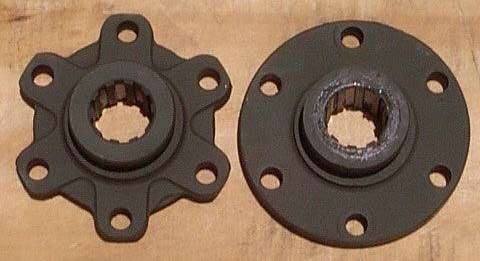

The front wheel hub pictured on the left is the type used from early to mid-production models. The one on the right is the type used in later production.
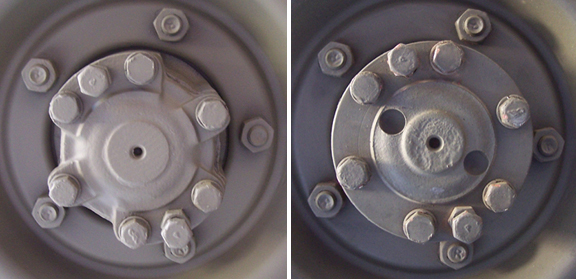
The rear axle shaft on the early production vehicles is scalloped but the Willys version has two large and two small lobes. The center bolt on each large lobe serves as a built in puller. The GP version (not shown) has six lobes just like the front hubs and no provision for puller bolts. Later standard production eliminated all of the lobes but retained the Willys puller holes which are shown on both versions in the photograph above. To pull an axle, remove the six normal bolts and then tighten the two puller bolts which will force the axle plate free.

The early pattern engine cylinder head was not branded. The part number 639660 is cast into the head along with a two digit month and two digit day above it and the cast number below it. The cast numbers can be W1, W2, W3 or W4 with the W representing the Wilson Foundry, not Willys.

In mid-1943 the word "Willys" was added beneath the firing order information. The word "Jeep" was added in mid-1944. Cast numbers ranging from W1 though W6 are possible by this time.

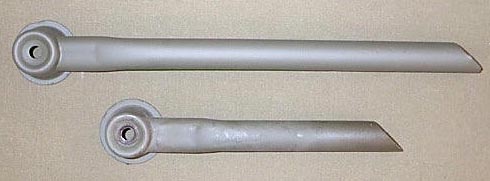
Early (long) and regular engine vent tubes.
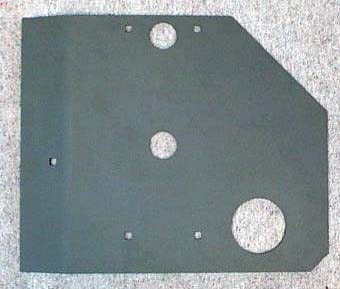
Early style skid plate.

Early style oil pan. The skid plate is thinner than later models and the filler socket is a separate piece of metal that has been riveted on to the body of the pan.

A closer look at the oil pan since it isn't encountered very much in the field.
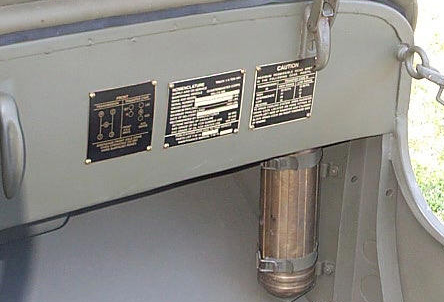
Early jeep's had no glove compartment and the fire extinguisher was mounted on the passenger side.

The filterette was mounted to the fire wall on the passenger side of the jeep slightly to the right and below where the parking brake handle is located. The first pattern used in slat grill jeeps (left above) had a hinged door which allowed access to the terminals that were all on the same side. Late production slat grill jeeps from early 1942 and regular production jeeps that followed used a second pattern (right above) with a removable cover and the terminals were on opposite sides.
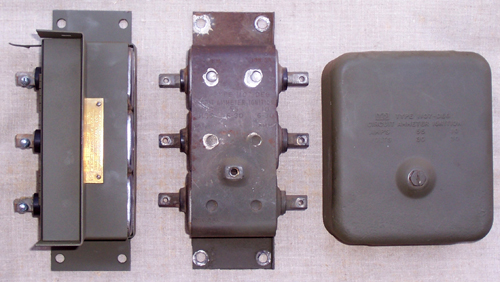
The filterette on the left shows the hinged door open which allows access to the terminals. The central item above is the later pattern filterette with its cover off and to the right.
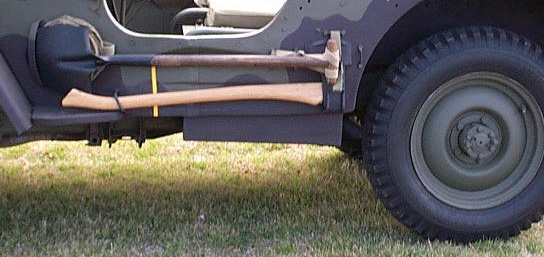
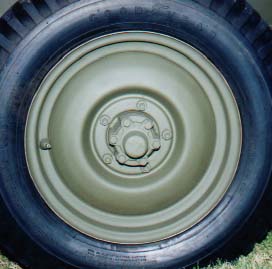
Early jeep's had solid or "disk" rims while later models had the split or "combat" rims.
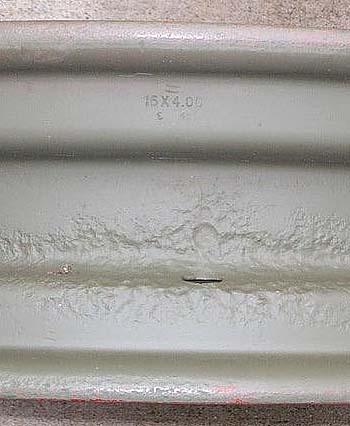
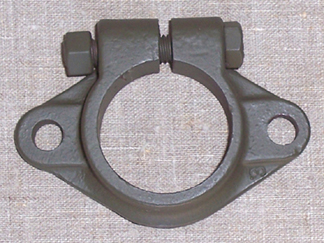
Exhaust Pipe Flange that was used to connect the exhaust pipe to the exhaust manifold. This part appears to have been in the supply system until mid-1943 for Willys Jeeps. It was later eliminated by the new pattern exhaust pipe that had a flange welded near the top.

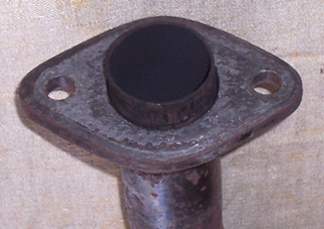
Early Exhaust Pipe with separate flange on left and an exhaust pipe with welded on flange at the right.
Paint Can Lid gauges were found on the early jeeps. The Amp meter is +/- 30 amps and the fuel gauge reads "GAS". The early speedometer was very plain and had no tick-marks as found on the later patterns.
The rear reflectors were mounted higher on the early jeeps and the reflector bases, cat's eyes and rear lights were made by Corcoran Brown (C-B)

The two front seats had split rear frames on the early jeeps.
The decontaminator was often mounted on one of the fenders until the standard practice of placing it under the passenger seat was established.
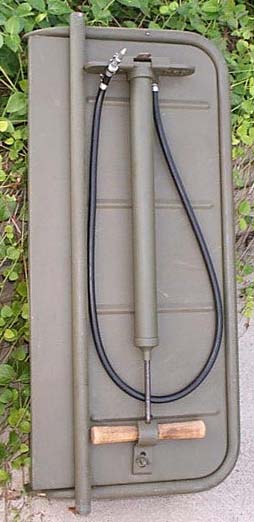
Click Here To See Photos of the British Airborne Trailer
Click Here To See Features of the British Airborne Jeep
Click Here To See Photos of a British WWII BSA Folding Bike
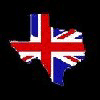 |
Return to the Main Page |  |